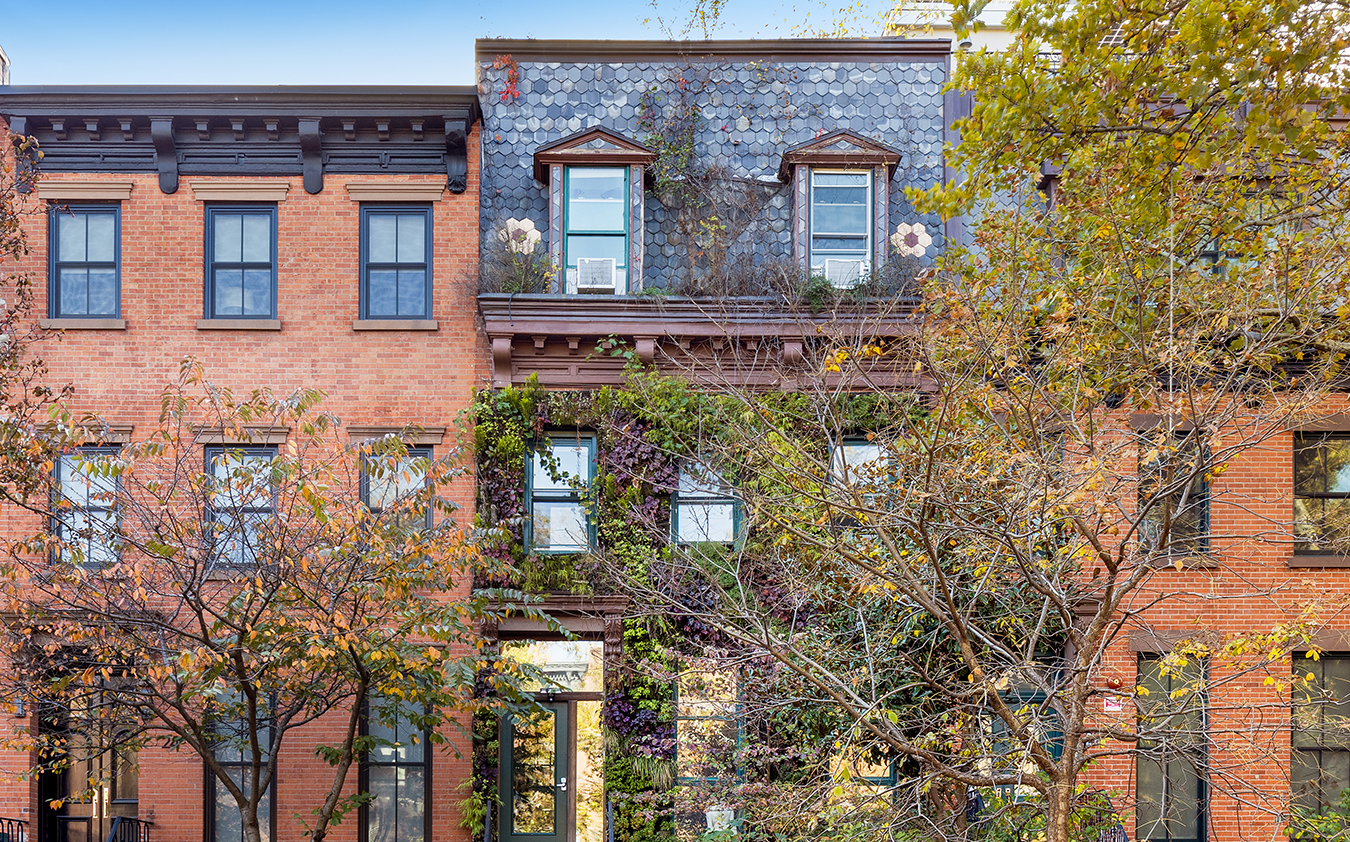
New York City Residential Rental Market Report: December 2021
“The New York City rental market had an unbelievable run in 2021. Just when many thought it was down for the count, it came roaring back to life. However, the recovery hasn’t been equal across all segments. Rents and leasing activity in doorman buildings have been outperforming the market as a whole, and the share of leases signed for two- and three-bedroom homes continues to grow. As many companies’ work-from-home policies remain in effect, tenants value the extra space to spread out – be it an extra bedroom, or a common lounge. Now more than ever, shared amenities have become an extension of a resident’s living space and have taken on a new appeal.
As for leasing activity, it’s slowed for a few reasons. The rise of omicron and the busy holiday season definitely impacted traffic, but in many neighborhoods, the lack of available apartments is the main issue. As additional under-market ‘Covid-deal’ leases come up for renewal, it will be interesting to see if there’s a resulting impact on inventory as 2022 progresses.”
–Gary Malin, Chief Operating Officer, The Corcoran Group
MANHATTAN
Rents
- In December 2021, the overall Manhattan median rent climbed to $3,595, up 6% from November’s median of $3,400—and up a significant 24% versus last year. There continues to be increased demand for doorman buildings, as the median rent for this property type climbed 30% annually to reach $4,400. For non-doorman properties, the median rose a less-substantial 10% to $2,700.
- Average rents also climbed substantially both month-over-month and year-over-year. Rents for units in doorman buildings and larger apartments continue to experience the greatest pricing gains. At $5,498, the average rent in a doorman building climbed 31% since last year. Meanwhile, average rents for two- and three-bedroom homes rose 33% and 45%—to hit $5,733 and $8,757, respectively—during the same period.
Listings/Vacancy
- In December 2021, there were 3,943 active listings across Manhattan, down 14% since November. Year-over-year, inventory was also down a substantial 88%. Excluding the market pause in March 2020, the number of available apartments hit the lowest point in three years during December.
- In December, the Manhattan vacancy rate reached 1.55% (vs. 1.60% in November), marking the lowest borough-wide vacancy rate in 20 months. Midtown West and Midtown East had the highest vacancy rates in the borough (at 2.14% and 2.01%, respectively) while vacancies were lowest in Greenwich Village/West Village and Gramercy (at 0.91% and 0.96%).
Leasing Activity
- 2,796 leases were signed during December 2021, which is about level with November. However, 44% fewer leases were signed when compared to December 2020, when activity was exceptionally strong due to discounted rents and pent-up demand.
- Despite the continued price increases in doorman buildings, year-over-year leasing activity fell by a lesser percentage (down 38%) for this property type versus non-doorman buildings (down 49%).
BROOKLYN
Rents
- In December 2021, the median rent in Brooklyn reached $3,000. This is a 4% rise since November and a 13% climb year-over-year.
- The average rent in the borough also rose 8% since November and 15% versus last year – reaching $3,596. This rise is due – in part – to the increasing share of leases signed for two- and three-bedroom units.
Listings
- There were 2,777 active listings available in Brooklyn during December, a 7% decline from November and a notable 73% drop compared to December 2020.
- The average Brooklyn rental spent 73 days on the market – down 10% since November and down 6% year-over-year. With fewer available apartments from which to choose, would-be tenants made quicker decisions.
Leasing Activity
- There were 752 leases signed in December 2021, 22% fewer than in November – and 42% fewer than were executed in December 2020.
- Signed leases fell to its lowest point since April 2020, and while the number was a 42% year-over-year decline, activity was far closer to December 2019 levels. This is welcome evidence of a stabilizing market.




